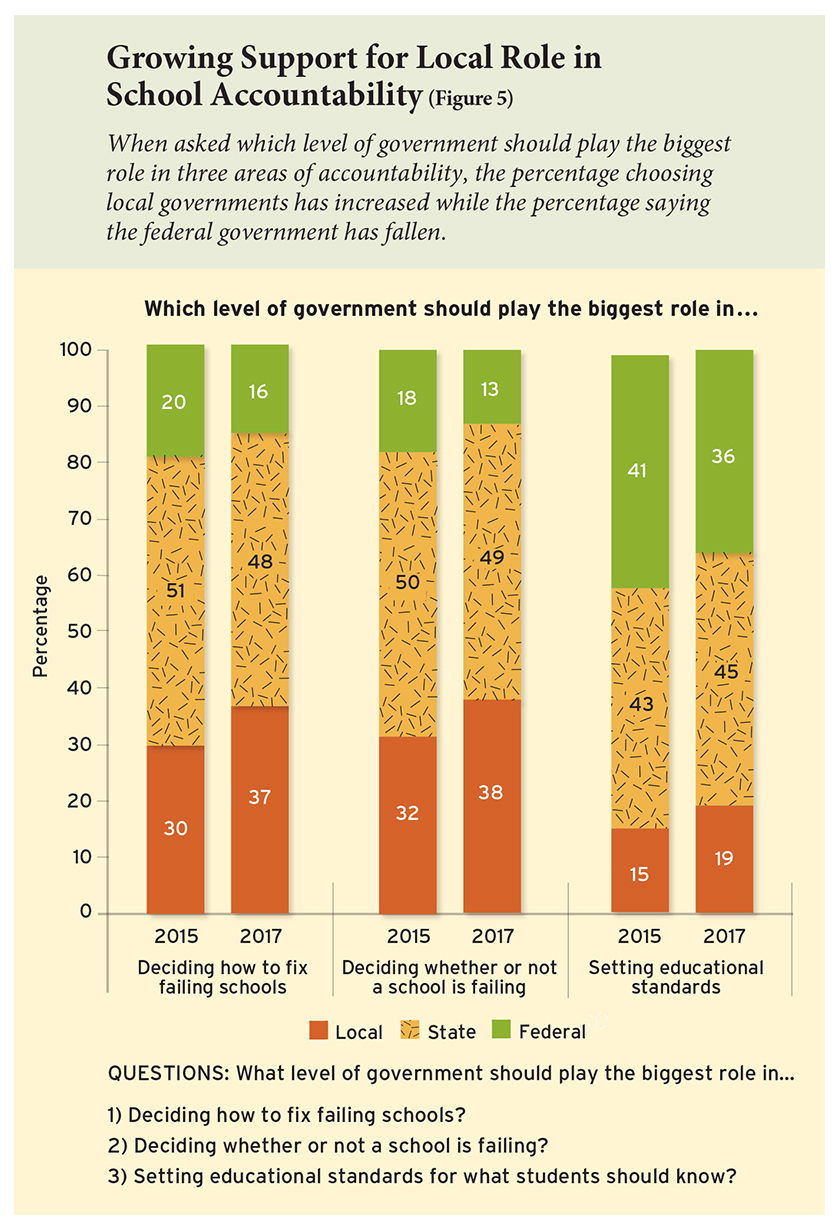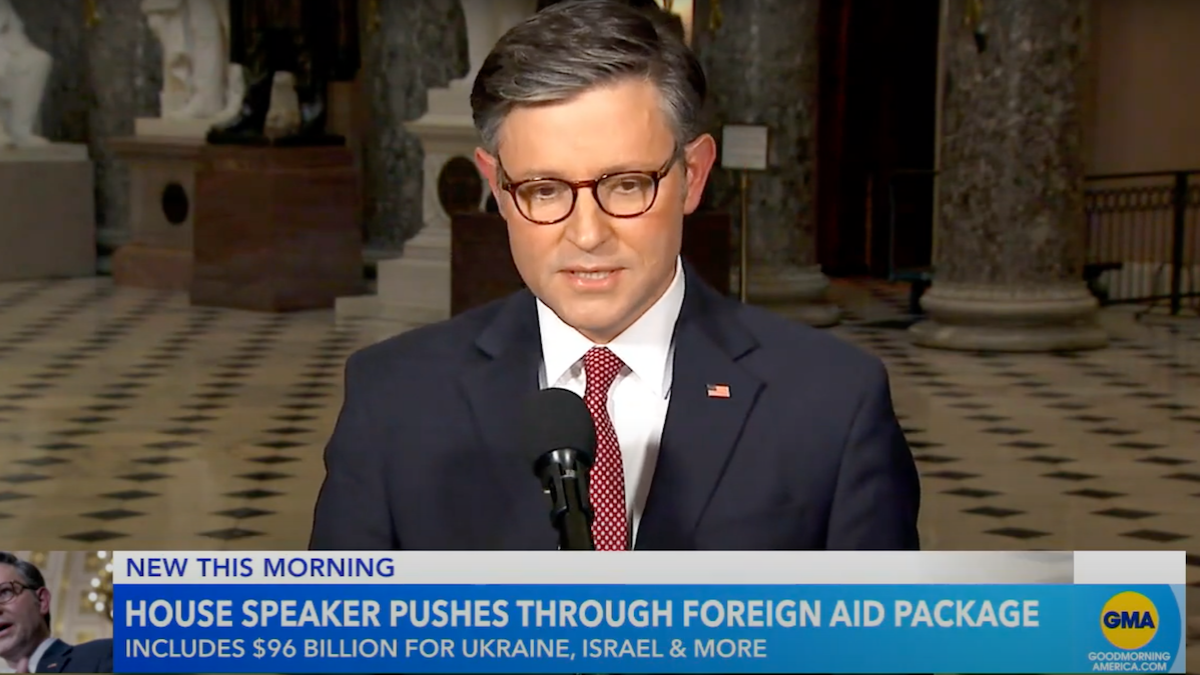
Longtime Washington Post education columnist Jay Mathews notes that Virginia’s cuts to annual exams fell most heavily on its well-regarded U.S. history tests this year, despite years of poor performance indicating young citizens need the tests.
Twenty years ago, my first front page story as a Post education writer was about other states admiring Virginia’s new guide to key parts of our nation’s story.
Shortly after the courses and tests began in the 1990s, I read the history exams, which were locked in a room in Richmond. They covered a wide range of vital topics, were not too difficult and did not demand obscure memorization, despite an anti-test Fairfax County schools superintendent claiming (falsely) that the tests asked for the name of J.E.B. Stuart’s horse.
Mathews predicts more states will cut their testing requirements to relieve “testing pressure,” and many have already done so. Texas had perhaps the most high-profile battle a few years ago when a coalition of suburban moms decided they were sick of the dreary, nerve-wracking weeks of testing in their kids’ public schools. This year Texas, like Virginia, is considering reducing annual tests still more, to only those federally mandated. Many states have taken similar measures particularly since 2015, including Ohio also eliminating social studies tests this summer.
What happened in 2015? Well, that spring happened to be the Obama administration’s deadline for all 46 participating states to use national Common Core tests. The tests weren’t ready because they were entirely experimental and brand-new, and wreaked havoc on students, teachers, and families through technical glitches, weeks-long testing windows, inaccurate data, confusing questions, and more.
Americans Are Uneasy About Tests As a Control Mechanism
Most discussions and news reports on such testing battles act as if they sprang magically from Zeus’s head like Athena. But parents and teachers’ complaints about testing are a direct consequence of now approximately three decades of largely Republican-driven emphasis on using tests as a centralized mechanism for controlling schools. Common Core only turned up the heat on frustration that President George W. Bush’s signature education law, No Child Left Behind, set to simmering. The 2001 law required schools to test kids in math and reading every year from grades 3-8 plus once in high school, and later also required science tests one year each in elementary, middle, and high school. It was modeled on the system Bush had brought into Texas, which Texans have now rejected. It could be a leading indicator.
Researcher Dr. Matthew Ladner recently discussed observing focus groups questioned about various education policies: “All groups everywhere deeply dislike the current practice of standardized testing… people feel that schooling has become overly fixated on test preparation. People have a rather strongly held belief that schooling is supposed to be more than test prep. Something has gone terribly wrong with education in their view, and they want it to stop.”
Some polls back up this perception. In one national survey last fall, a plurality of 38 percent of Americans thought the amount of time schools spend on testing is “too high,” with only 19 percent saying it was instead “too low.” A long-running education poll’s latest results this September find “Less than half of adults (42%) say performance on standardized tests is a highly important indicator of school quality — that includes just 13% who call test scores extremely important.” Forty-nine percent of public-school parents thought tests don’t measure things that are important to them about an education (46 percent said tests do).
Even the long-term poll that generally finds the highest public support for federal testing mandates saw a big dip in public support, from approximately 90 percent in 2010 to 63 percent in 2017. Further, that same poll finds large majorities of Americans don’t think the federal government does or should control what children learn, a key aim of testing mandates. It seems that many Americans don’t like the outcome of testing policies but don’t know it’s testing policies creating those outcomes.

Tests Went from Diagnosis to Treatment Plan
A main reason tests are the cornerstone of today’s public education is that state and federal legislators are unwilling to rethink the obvious failures of the current model. They do not know how to get schools to teach children well without forcing them into it via tests and other heavy-handed, centralized control mechanisms. After approximately 40 years of focusing on policies that try to force and trick public schools into doing their jobs, to little if any improvement on every single major measure, they’re still trying to find the right tricks and sticks to force public schools into doing their jobs.
The results have been dismal. Public knowledge of basic U.S. history and government is appalling. An update to an annual civics survey out last month, for example, found that three-quarters of adult Americans cannot name the three branches of government, the lowest percentage since the poll began in 2011. This is fourth-grade-level knowledge. Four in 10 adult Americans could name no rights guaranteed by the First Amendment, which is approximately eighth-grade knowledge. A report out last year on civic knowledge noted that one in 10 Americans with college degrees think Judge Judy is on the U.S. Supreme Court.
Research has shown that the advent of NCLB and its successors increased the amount of time teachers spent on reading and math—the test-mandated subjects—while reducing the time they spent on social studies. Thus, while research suggests there is some truth to the adage “What gets tested gets taught,” it’s not a foundation strong enough to hold up an entire education edifice.
A core yet entirely unaddressed problem in all this is the very idea of having to manipulate schools and teachers into high performance. Something is very wrong when an institution supposedly aiming at one core priority—educating the next generation of self-governing citizens—spectacularly fails in that endeavor decade after decade, despite trillions of dollars spent and thousands of snappy-sounding initiatives. Something else is very wrong when we treat teachers so insultingly compared to other professionals—as people who have to be forced to do what they are paid and trained to do.
U.S. Public Education Is a System Built on Coercion
Why on earth do schools and teachers have to be cajoled and pressured into doing their jobs? The union answer is something along the lines of “lack of respect for teachers.” That’s preposterous. Americans love teachers almost as much as we do our moms. There’s nothing politicians love more than sending more money to schools while pretending to demand high performance in return and never following through.
I think at the root of the problem is that teachers have a politically controlled job that is forcibly subject to so many people’s whims. So a teacher’s smartest bet (or only viable choice) is to do nothing substantive because it’s going to offend somebody. Everyone can agree it’s so cute to see the kids putting sparkles on paper pumpkins, while not everybody likes to hear what the First Amendment has to say, let alone ensure their kids do something as offensive as memorize it. Of course, this kind of teaching is not only easier, it’s reinforced by an education establishment that is, ironically but truly, anti-learning. That establishment controls teacher training, licensing, curriculum standards, and the tests on which they are based, and more, instructs teachers that such thin gruel is actually good for kids.
This arrangement proliferates because American public schooling is now mass-controlled. It’s centralized. The only thing the masses can agree on will be lowest-common denominator stuff, and in an age of increasing philosophical divides the lowest common denominator descends further. Much curricular content is merely what 51 percent of the controlling forces agree is allowable or don’t rise up to reject, which allows that 51 percent (or a smaller percentage depending on the strength of regionally dominant special interests) to coerce the 49 percent into types of schooling they find distasteful, if not abominable. The local majority’s dominant folly could be anything from political preferences to a preference for sports or emotional therapy over academics to sheer parental apathy.
This is, I think, at the heart of why so many Americans are dissatisfied with U.S. public schools and think they are “on the wrong track” (62 percent at last count and consistently high). We’re trying to force millions of people with myriad personal priorities and philosophies into the exact same type of schooling. No school could possibly meet all those demands, no matter how much their programs proliferate. It is long past time for state and national policy makers to release families to once again direct their public funds for education as they see fit.
This requires “accountability” that truly prioritizes parent choice rather than a bait ‘n switch to reimpose mass political priorities, as current school voucher programs do. Today’s testing regimes and their ineffective status quo alternatives like “student portfolios” are failed methods to fit a failed system.









